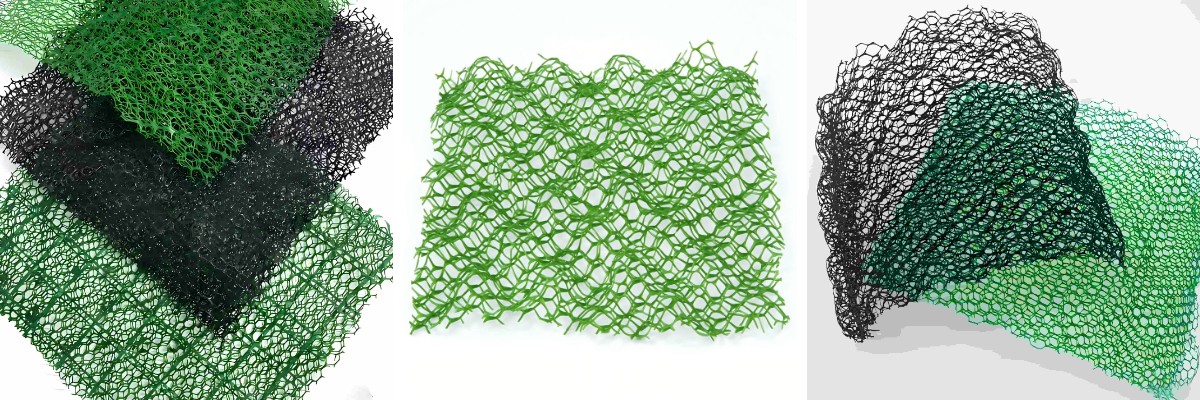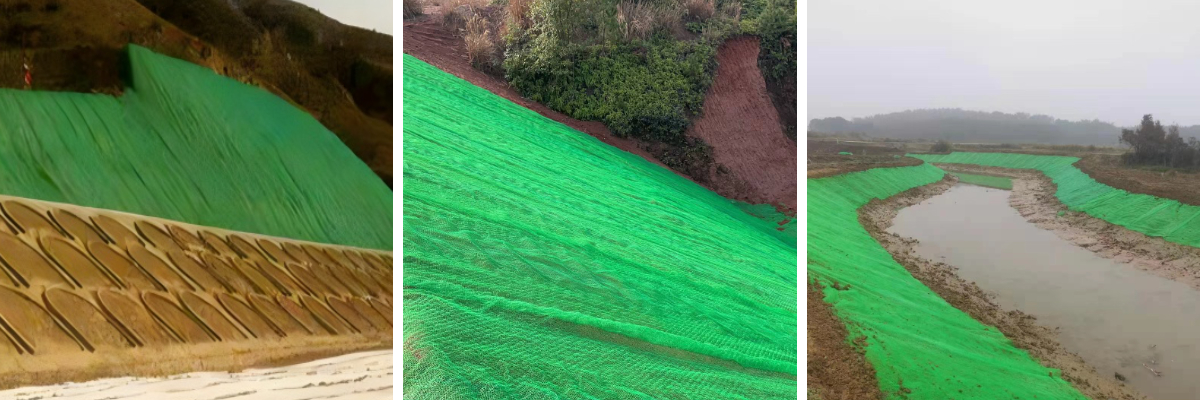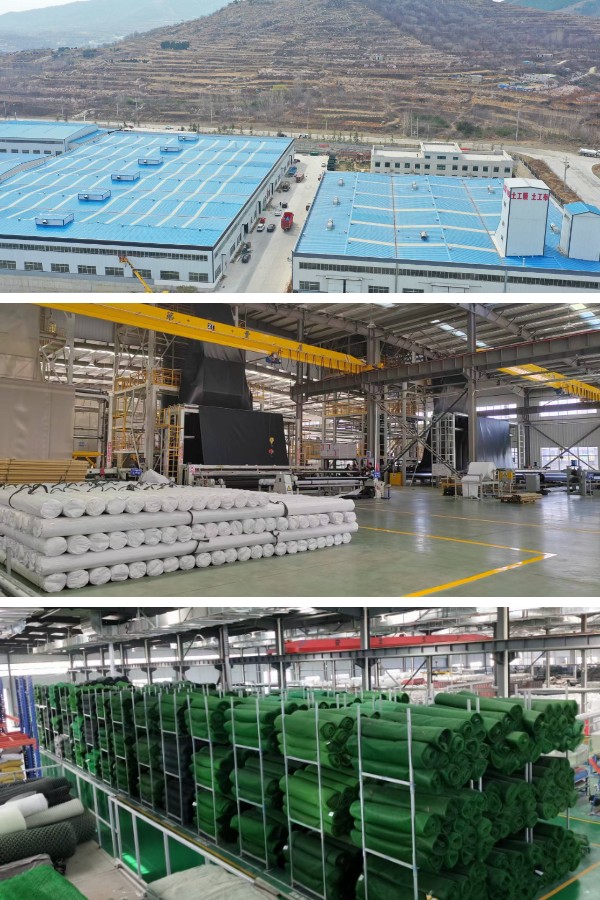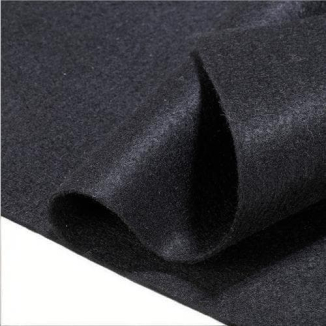3D Vegetation Net Specifications and Their Role in Soil Erosion Control
Introduction: The Importance of 3D Vegetation Nets in Erosion Management
Soil erosion poses a large hazard to ecosystems, agriculture, and infrastructure, particularly in areas with steep slopes or conventional rainfall. 3D vegetation nets have emerged as a noticeably fantastic answer to fight this issue, combining bodily safety with assist for plant growth. These nets create a secure surroundings for vegetation to take root, reinforcing soil structure and lowering the influence of water and wind erosion. Understanding their specs and functions is key to maximizing their effectiveness in erosion manipulate projects.
3D Vegetation Net Specifications: Key Parameters to Consider
Material Composition
Most 3D vegetation nets are made from high-density polyethylene (HDPE) or polypropylene (PP), substances chosen for their durability, UV resistance, and flexibility. HDPE nets provide exquisite tensile strength, making them appropriate for harsh environments, whilst PP nets grant right chemical resistance, perfect for areas with agricultural runoff. The desire of cloth relies upon on the project’s unique needs, such as publicity to sunlight, moisture, or chemicals.
Thickness and Density
Thickness generally levels from 1.5mm to 4mm, with greater thickness supplying higher structural support. Density, measured in grams per rectangular meter (g/m²), varies between 100g/m² and 500g/m². For steep slope erosion control, a greater density (300g/m² or more) is endorsed to stand up to extreme water waft and soil pressure. Customized 3D Vegetation Net selections permit changes to thickness and density based totally on website conditions, making sure a tailor-made solution.
Mesh Size and Structure
The mesh measurement of 3D vegetation nets impacts each water permeability and soil retention. Smaller mesh sizes (10mm x 10mm) are high quality for fine-grained soils, stopping particle loss, whilst large meshes (20mm x 20mm) work higher for coarser soils, permitting higher root penetration. The 3D structure—often offering a honeycomb or grid pattern—creates pockets that lure soil and seeds, merchandising vegetation boom whilst stabilizing the slope.
UV Resistance and Lifespan
UV resistance is integral for outside applications, as extended daylight publicity can degrade the netting. Quality 3D vegetation nets are dealt with with UV stabilizers, making sure a lifespan of 3–5 years, adequate time for vegetation to set up and take over erosion control. For long-term projects, Customized 3D Vegetation Net preferences with more desirable UV protection can lengthen this lifespan to 7–10 years.
How to Lay 3D Vegetation Net: Proper Installation for Optimal Results
Site Preparation
Before laying the net, clear the slope of debris, rocks, and weeds to make certain exact contact with the soil. For steep slope erosion control, grade the floor to minimize sharp angles, minimizing stress on the net. If necessary, add a layer of topsoil to enhance prerequisites for seed germination.
Installation Steps
Unroll and Position: Start from the pinnacle of the slope and unroll the 3D vegetation internet downward, making sure it lies flat except wrinkles. Overlap adjoining nets through 10–15cm to forestall gaps the place erosion may want to occur.
Secure the Net: Use anchor pins (made of steel or plastic) to restoration the internet to the soil, setting pins each 30–50cm alongside the edges and each 1–1.5m in the center. For steep slopes, expand pin density to forestall slippage.
Seed and Mulch: After laying the net, unfold grass or shrub seeds evenly over the surface. Cover with a skinny layer of mulch (such as straw or wooden chips) to keep moisture and guard seeds from birds.
Water Regularly: Keep the location moist to help seed germination. The 3D shape helps continue water, lowering the frequency of watering needed.
Post-Installation Care
Monitor the website online for the first few months, making sure the internet stays securely anchored and vegetation is growing. Repair any broken sections right away to keep erosion manage effectiveness.
The Role of 3D Vegetation Nets in Steep Slope Erosion Control
Physical Soil Stabilization
On steep slopes, gravity will increase the hazard of soil displacement. 3D vegetation nets act as a bodily barrier, retaining soil particles in location and decreasing the have an impact on of raindrops, which can dislodge topsoil. The 3D shape dissipates the electricity of flowing water, stopping rill and gully formation.
Supporting Vegetation Growth
The net’s pockets entice seeds and soil, growing a microenvironment for germination. As flowers grow, their roots intertwine with the net, forming a bolstered matrix that binds the soil together. This aggregate of mechanical help and organic reinforcement is mainly superb for steep slope erosion control, the place vegetation on my own can also combat to set up quickly.
Adapting to Slope Gradients
Customized 3D Vegetation Net picks are handy for slopes with gradients exceeding 30 degrees. These nets function bolstered edges and greater density, presenting more balance on extraordinarily steep terrain. They can additionally be blended with different erosion manipulate measures, such as keeping partitions or hydroseeding, for stronger results.
Customized 3D Vegetation Net: Tailoring Solutions to Project Needs
Size and Shape Customization
Projects with irregular slopes or particular dimensions can advantage from Customized 3D Vegetation Net, reduce to suit precise website requirements. This reduces waste and ensures full coverage, getting rid of vulnerable factors in erosion control.
Material Adjustments
For initiatives in coastal areas (exposed to saltwater) or industrial zones (with chemical runoff), custom-made nets can be made from corrosion-resistant materials. Similarly, nets for arid areas can be designed with stronger water retention properties.
Color Options
While performance is key, some tasks require nets that combination with the environment. Customized 3D Vegetation Net is accessible in earth tones, decreasing visible affect whilst preserving performance.
Conclusion: Investing in 3D Vegetation Nets for Effective Erosion Control
3D vegetation nets are a versatile and dependable answer for soil erosion control, with specs tailor-made to numerous task needs. From fabric composition and density to UV resistance, their diagram ensures sturdiness and effectiveness, in particular in steep slope erosion control. Properly laying the net—following website coaching and set up steps—maximizes its performance, whilst Customized 3D Vegetation Net choices enable for specific adaptation to special web page conditions.
By combining bodily safety with vegetation support, these nets provide a sustainable strategy to erosion management, maintaining soil health and stopping environmental damage. Whether for building sites, highways, or agricultural land, 3D vegetation nets supply long-term value, making them a clever funding for erosion manage projects.
Contact Us
Company Name: Shandong Chuangwei New Materials Co., LTD
Contact Person :Jaden Sylvan
Contact Number :+86 19305485668
WhatsApp:+86 19305485668
Enterprise Email: cggeosynthetics@gmail.com
Enterprise Address: Entrepreneurship Park, Dayue District, Tai 'an City,
Shandong Province









